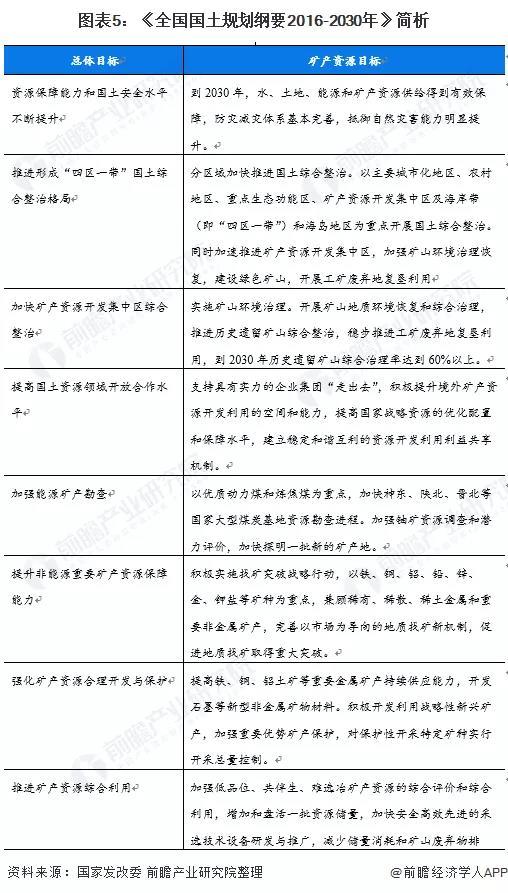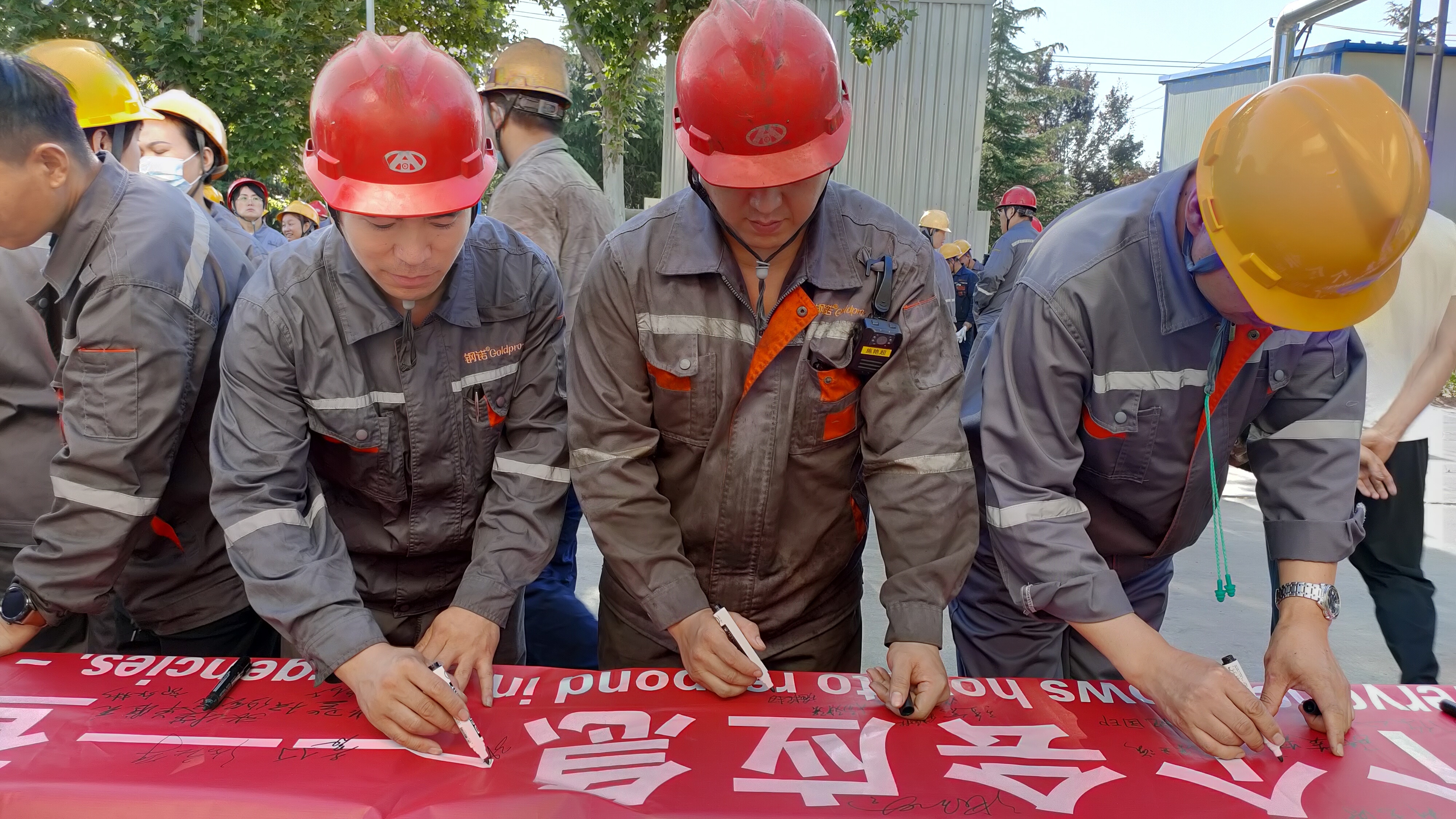Analysis of the Current Situation and Development Trends of China's Mining Industry in 2022
Nov 25,2021
Our country's mineral resources are very rich.
As of the end of 2020, 173 types of minerals have been discovered nationwide, including 13 energy minerals, 59 metallic minerals, 95 non-metallic minerals, and 6 water-gas minerals. In 2020, China saw significant growth in the reserves of natural gas, shale gas, lead ore, zinc ore, bauxite, molybdenum ore, silver ore, magnesite, and graphite, among other mineral resources.
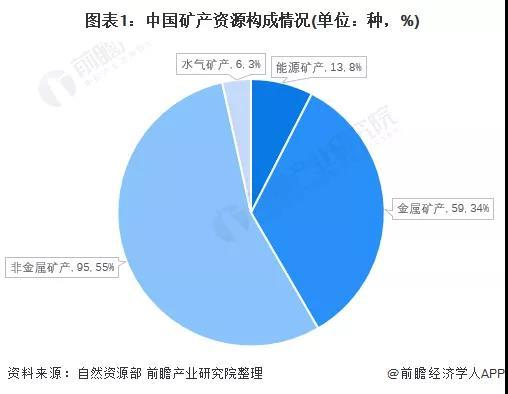
In 2020, China's mineral resource security level significantly dropped.
According to the National Development and Reform Commission's 2020 forecast, the security level of exploitable reserves for China's important metallic and non-metallic mineral resources, with the exception of limited resources like rare earth at 100% security, all experienced significant declines. Iron ore was at 35%, copper at 27.4%, bauxite at 27.1%, lead at 33.7%, zinc at 38.2%, and gold at 8.1%. The exploitable lifespan for limestone is 30 years, phosphorus 20 years, sulfur less than 10 years, and potassium salt is now in a state where demand far exceeds supply.
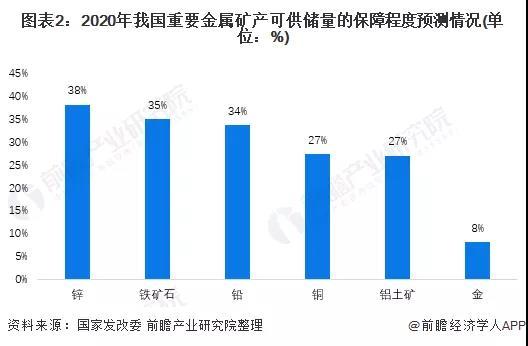
In recent years, the operating efficiency of the mining industry has been decreasing year by year.
Looking at the operating income of large-scale mining enterprises, the development of China's mining industry has shown significant fluctuations in recent years. Since 2015, influenced by policies such as China's energy reform, the production scale of China's mining industry has fluctuated downwards. Coupled with the impact of the COVID-19 pandemic in early 2020, the total operating income of large-scale mining enterprises in China for the entire year of 2020 was approximately 3,162.1 billion yuan, a year-on-year decrease of 31.5%.
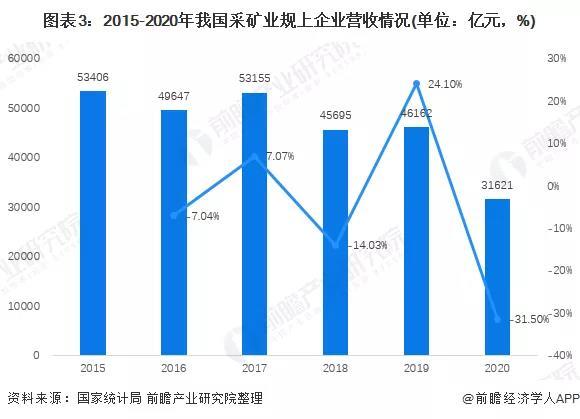
Mining industry investment is decreasing year by year.
From 2015 to 2019, the total fixed asset investment in China's mining industry generally showed a trend of first declining and then increasing. In 2015, it was 1,297.1 billion yuan, the maximum value between 2015 and 2019; in 2019, fixed asset investment in the national mining industry continued to recover and grow, reaching 981.8 billion yuan, an increase of 24.10% from 2018. In 2019, according to statistics from the National Bureau of Statistics, mining industry investment grew by 24.1%. Based on this, Qianzhan estimated that in 2019, national fixed asset investment in the mining industry was approximately 1.16 trillion yuan.
In 2020, according to data from the National Bureau of Statistics, national mining industry investment decreased by 14.1%. Based on this, Qianzhan estimated that China's mining industry investment in 2020 was 843.4 billion yuan, a new low since 2015.
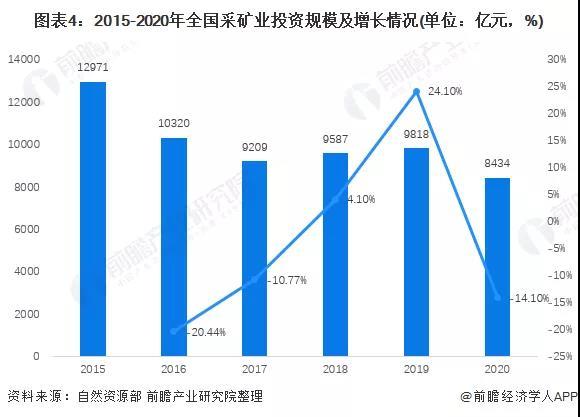
The '14th Five-Year Plan' focuses on the transformation of the mining industry.
China is a major country in mineral resources and a major mining country. It has discovered 173 types of minerals, with 162 types having proven reserves. The variety is relatively complete, the exploration and development system is comprehensive, and the output and consumption of major mineral products rank among the top in the world.
The '14th Five-Year Plan' period is a crucial time for the transformational development of China's mining industry. China's '14th Five-Year Plan' clearly states that during this period, efforts should be made to strengthen ecological restoration of mines, improve the level of mineral resource development and protection, develop green mining, and build green mines. Concurrently, it is essential to strengthen planning and control of strategic mineral resources, enhance reserve security capabilities, and implement a new round of strategic actions for mineral exploration breakthroughs. Furthermore, regarding the improvement of production safety, it is necessary to strengthen the innovative application of advanced technologies and equipment in areas such as deep mining and major disaster prevention, and promote the replacement of hazardous positions with robots. Full coverage of production safety liability insurance should be promoted in key areas.
